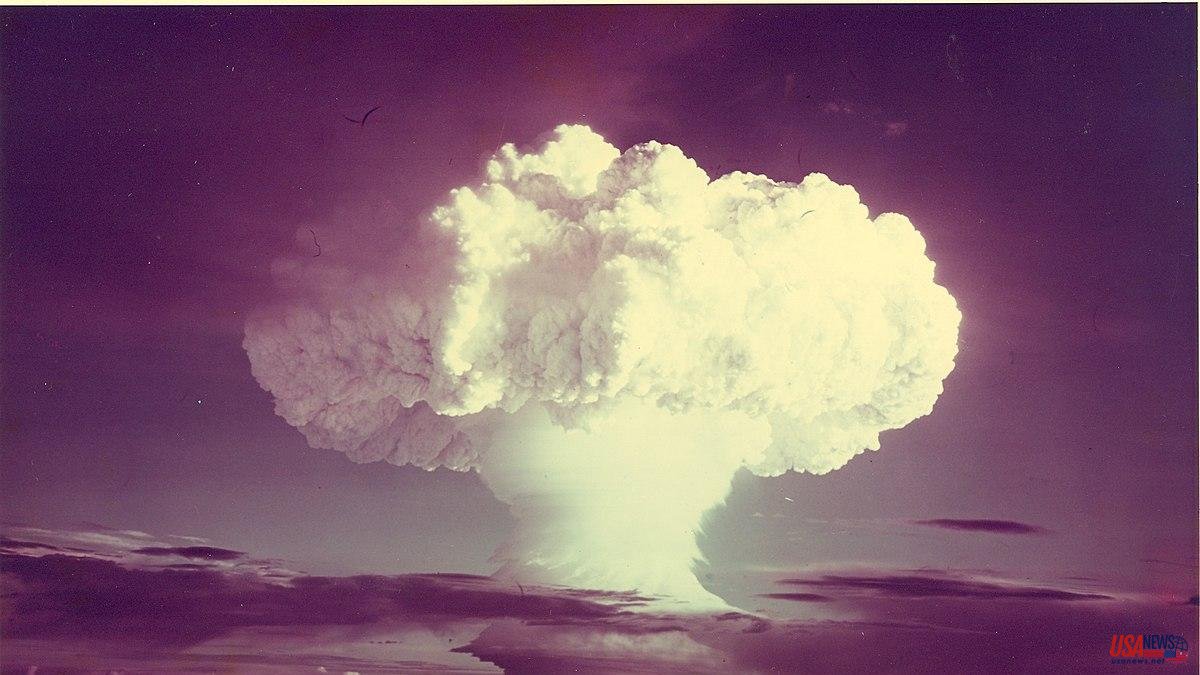Between 1946 and 1958 (during the Cold War), the United States Army detonated 67 nuclear weapons in the Marshall Islands, in the Pacific, turning them into their particular atomic testing ground.
The Soviet Union's detonation of a fission bomb convinced President Harry Truman that he should take a stand.
On November 1, 1952, Operation Ivy began, a series of nuclear tests that began with the detonation of the first bomb - Yvi Mike - on Eniwetok Island. Nothing survived. The power of thermonuclear devices, much better known as 'hydrogen bombs', was demonstrated.
Its force was calculated to be 110 times more powerful than the bomb dropped on Hiroshima.
The nuclear device weighed 75 tons and its explosive force was 10.4 megatons of TNT. The 5-kilometre-sized fireball burned the atoll's 1,000-square-kilometre lagoon dry, spewing hundreds of millions of tons of water and coral lime into the stratosphere. Nothing survived.
At the "zero point" of the explosion, a temperature of 15 million degrees was reached, a temperature that is estimated to be in the core of the Sun, enough to volatilize everything that was nearby.
The radiation levels that are currently recorded in some regions of these islands are much higher than in the areas affected by the Chernobyl and Fukushima nuclear disasters, and keep some of the affected islets as uninhabitable areas, as confirmed in 2019 a research led by experts from Columbia University (United States).
Experts from the University pointed out that US nuclear bombs detonated by the United States during the cold war left widespread contamination in this chain of atolls located between Australia and Hawaii.
The most powerful nuclear detonation, known as Castle Bravo, occurred in 1954 on Bikini Atoll and had a destructive power 1,000 times greater than that of the bombs dropped on the Japanese cities of Hiroshima and Nagasaki.
The highest levels of radioactive contamination are currently detected in Bikini, Enewetak, Rongelap and Utirik atolls. Experts and local authorities agree that the radioactivity on these small islands completely prevents the return of human populations.













